Best Seasons for Lead Abatement
Lead abatement is most effective when performed during periods of minimal occupancy, typically in late spring or early summer. Conducting abatement during these times reduces disruption to residents and allows for thorough work in favorable weather conditions. Additionally, scheduling during warmer months ensures that environmental factors such as humidity and temperature do not hinder the removal process.
Late spring and early summer are ideal for lead removal projects due to better weather conditions and lower occupancy rates.
Dry, warm weather minimizes delays and ensures safety during lead abatement procedures.
Performing abatement when fewer residents are present reduces health risks and operational disruptions.
Scheduling in accordance with local regulations and project timelines ensures compliance and efficiency.

Spring offers favorable weather conditions for effective lead removal.
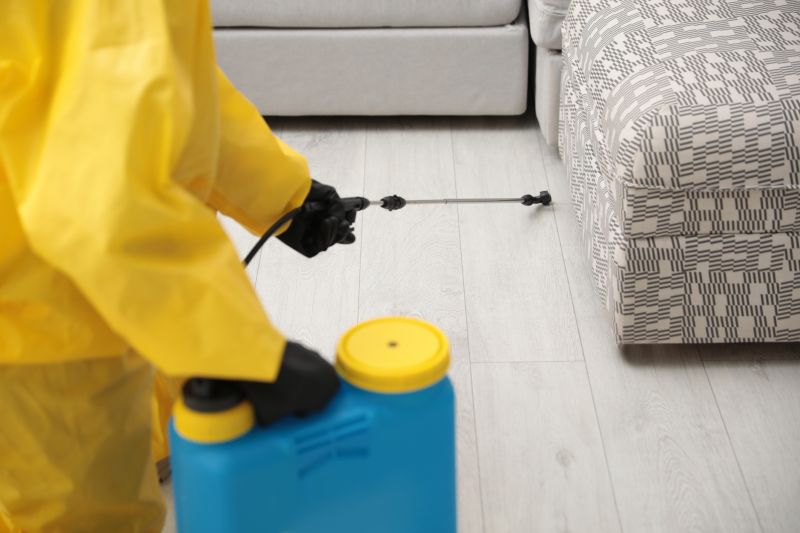
Summer months provide optimal environmental conditions for safe abatement.
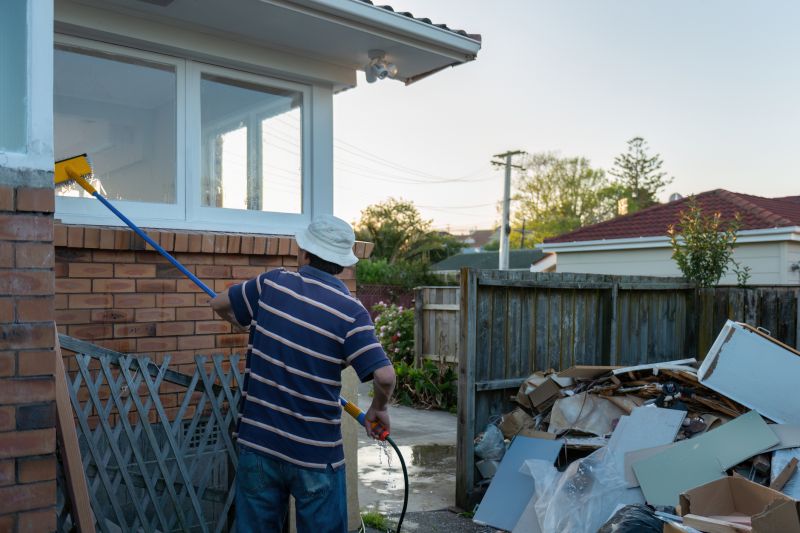
Indoor projects are best scheduled during periods of low occupancy, often in warmer months.

Ways to make Lead Abatements work in tight or awkward layouts.
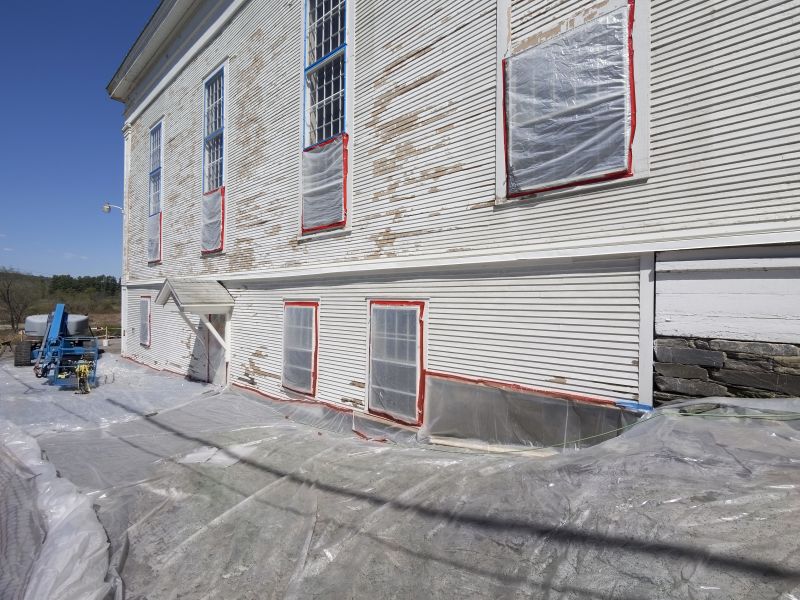
Popular materials for Lead Abatements and why they hold up over time.
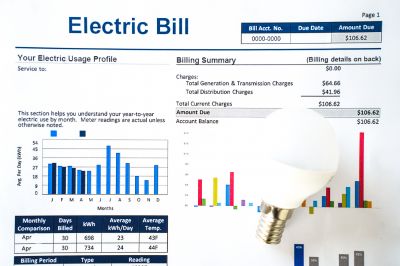
Simple add-ons that improve Lead Abatements without blowing the budget.
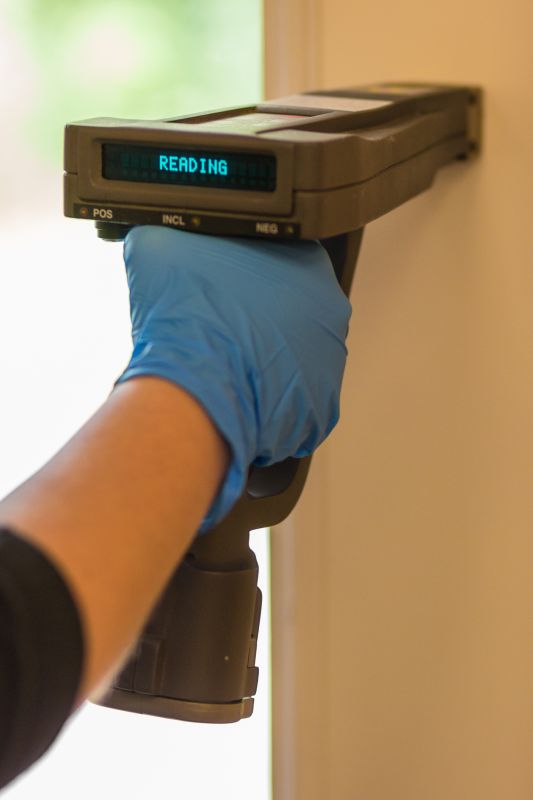
High-end options that actually feel worth it for Lead Abatements.

Finishes and colors that play nicely with Lead Abatements.
| Season | Advantages |
|---|---|
| Spring | Ideal weather and lower occupancy |
| Summer | Optimal environmental conditions |
| Fall | Preparation for winter and less humidity |
| Winter | Limited outdoor work, suitable for indoor abatement |
Lead abatement involves the removal or encapsulation of lead-based paint hazards in residential and commercial properties. Lead exposure can cause serious health issues, especially in children and pregnant women. According to health authorities, over 4 million U.S. homes have lead-based paint that may require intervention. Proper timing of abatement projects ensures safety, compliance, and the most effective removal process.

The process includes inspection, containment, removal, and clearance testing.

Lead poisoning can cause developmental delays, neurological issues, and other health problems.
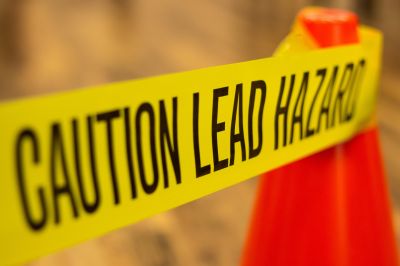
Compliance with local and federal regulations is essential for safe removal.
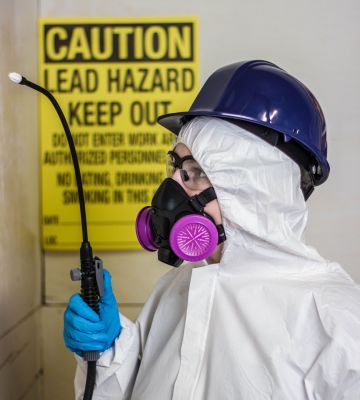
Testing ensures that lead levels are below safety thresholds after work completion.
Scheduling lead abatement at the right time enhances safety and effectiveness. Proper planning considers weather, occupancy, and regulatory requirements. Seasonal timing can significantly influence the success of lead removal projects, reducing risks and ensuring compliance with health standards.
Interested in lead abatement services? Filling out the contact form provides an opportunity to discuss project needs and scheduling options to ensure timely and effective lead hazard removal.



